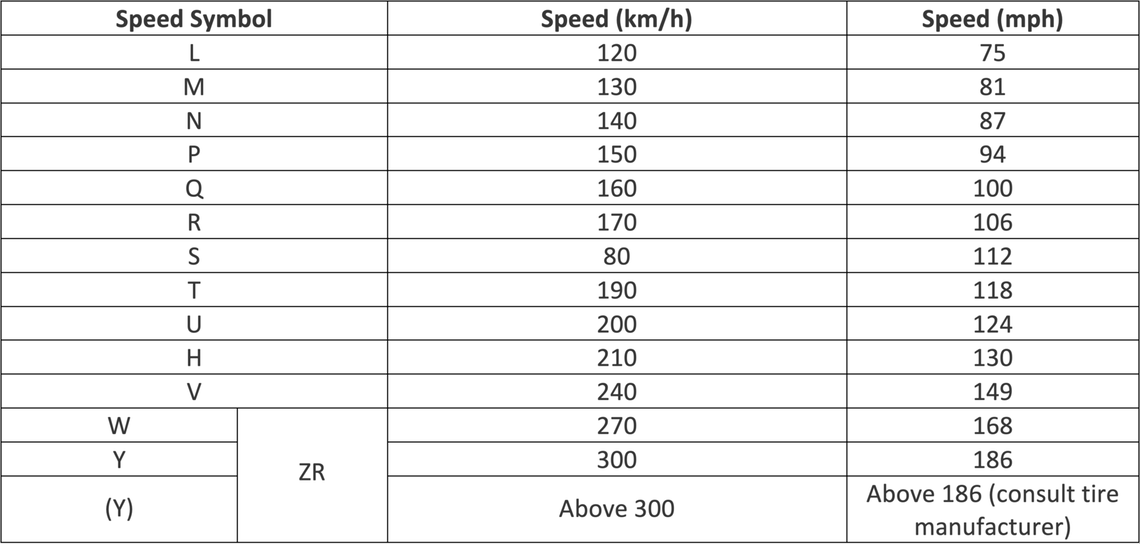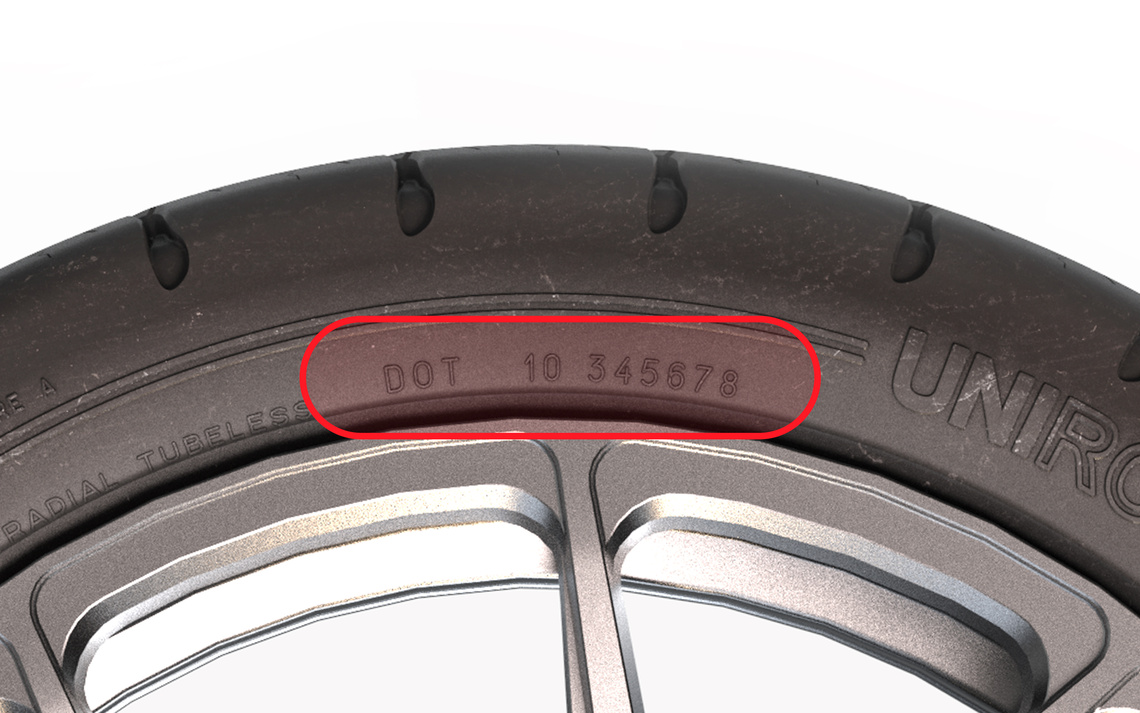It is recommended that the replacement tire size speed rating be equal to or higher than that of the O.E. tire size speed rating. If a lower speed-rated tire is selected, then the vehicle top speed becomes limited to that of the lower speed rating selected. The customer must be informed of the new speed restriction. It is quite common and permissible during winter driving to use a winter tire with a lesser speed rating than the O.E. tire. Still, the customer must be informed of the rating decrease.
Mixing speed ratings on a vehicle is not recommended. If tires of different speed ratings are mounted on a vehicle, the lower speed-rated tires should be placed on the front axle. This is to prevent a potential oversteer condition. Vehicle handling may be affected, and the vehicle’s speed capacity is now limited to the lowest speed-rated tire.


